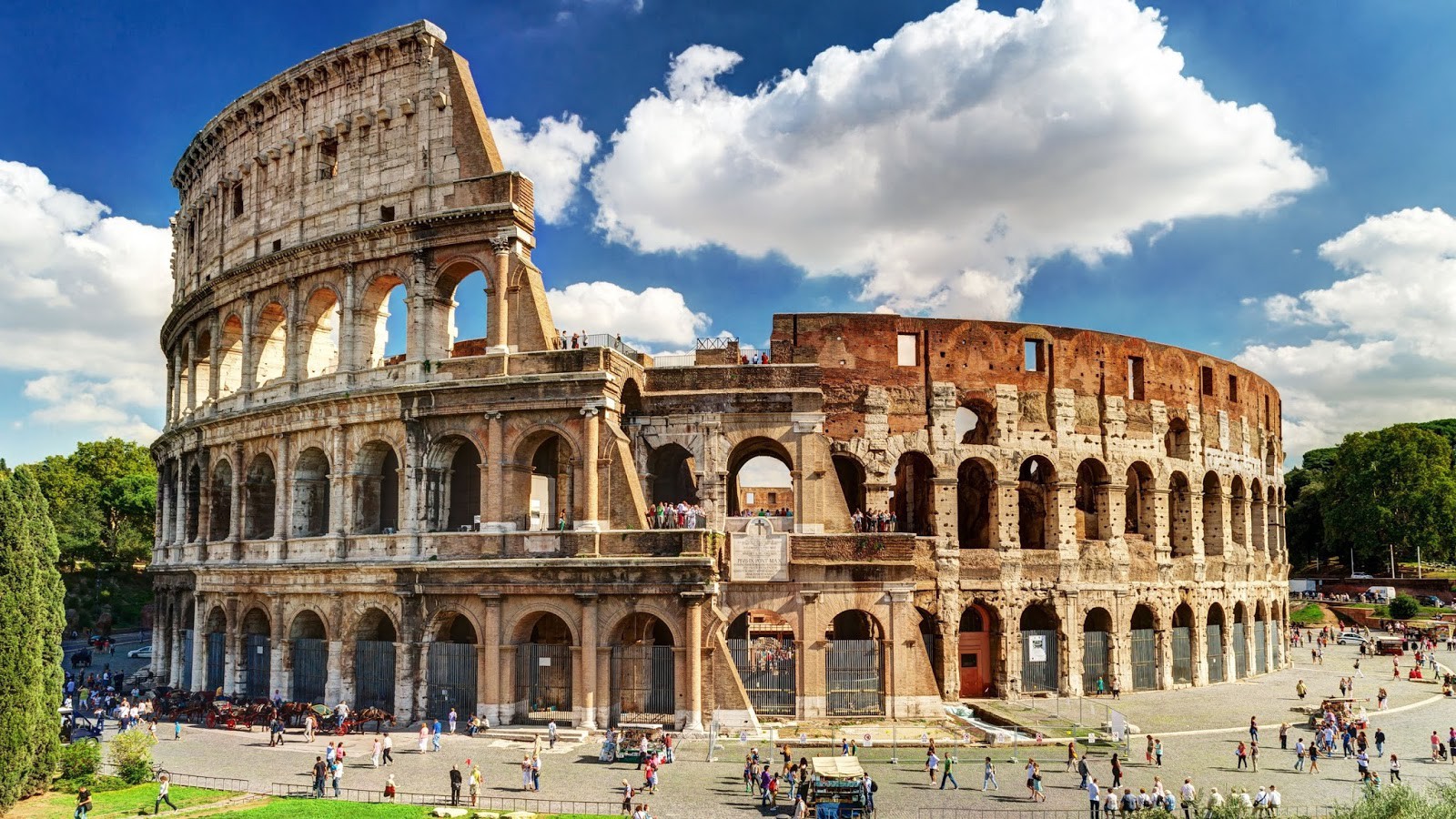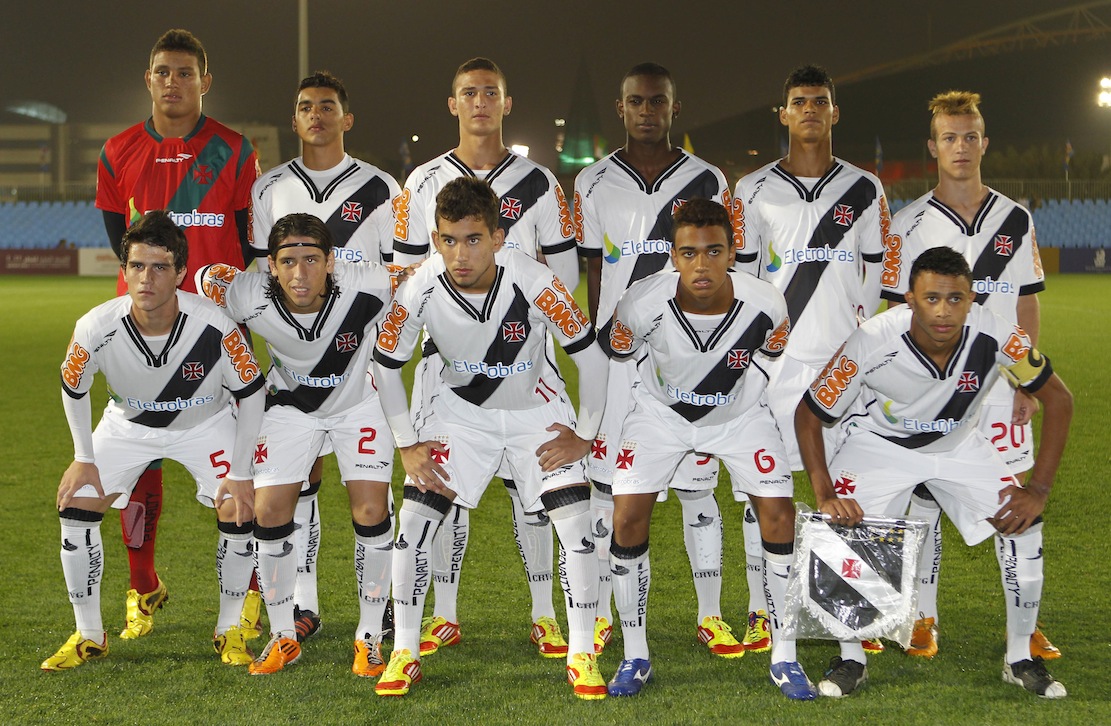Known worldwide, the Colosseum, built by order of the emperor Vespasian and completed during the rule of his son Tito, is one of the greatest monuments of Ancient Rome. The outer wall of the amphitheater preserves the four floors of the reinforced concrete structure; in the lower three stands are the rows of arches, and in the fourth, small rectangular windows.
The seats were made of marble and the staircase or grandstand was divided into three parts, corresponding to the different social classes: the podium, for the upper classes; the meaniana, sector destined to the middle class; and the porches, for the plebs and the women. The imperial tribune stood on the podium and was flanked by the seats reserved for senators and magistrates. Above the walls you can still see the support bases of the canvas cover grid designed to protect the viewers from the sun. To avoid problems in the outputs of the spectacles, the architects designed eighty exit staircases. In less than three minutes, the Colosseum could be totally evacuated. Its bleachers had capacity for 80 thousand people.
The Colosseum of Rome was built on the lake of the house of Nero, the Domus Áurea and became known as the Colosseum (Colosseum) because there was found the giant statue (colossus) of the emperor.
It tells the story that the gladiators fought in the arena and that the Coliseum, was the place where the Christians were thrown to the lions. For the inauguration, only eight years after the beginning of the works, in 80 AD, the parties and games lasted a hundred days, during which 9 thousand animals and 2 thousand gladiators died.
The activities of the Colosseum were closed in 523 AD, but the space remains charged with a mysterious atmosphere and symbol of the Roman Empire and the eternal city.
Symbols and curiosities Rome
Due to its millennial history, several symbols are associated with Rome: the Coliseum, the Capitoline Lupa, the symbols of Christianity, and the famous acronym SPQR, used during the imperial expansion to designate the lands as being the Senate and (d) the Roman People.
The colors of the city are golden and red, representing, respectively, Christianity and the Roman Empire.
Also due to its long history, and given its importance, Rome has always had a diverse population, characterized by the diverse migratory flows. Thus it is often said that a true Roman is the one whose family lived in Rome for at least seven generations.
Rome today
With a population of almost 3 million inhabitants, Rome is the capital of Italy. In it is located the Vatican, independent territory, seat of the catholic church, and where the pope resides.
The squares and streets of the Roman historical center are considered the greatest outdoor museum in the world.
Churches, buildings, statues, monuments form an invaluable treasure trove of art and culture. Millions of tourists visit the city every year.
Almost 12,000 people, including technicians, administration officials, watchmen and workers, have as their sole or main activity the protection and conservation of the artistic and cultural heritage of the city. Nevertheless, historic buildings and works of art are seriously under threat.
One of the biggest enemies of Rome’s historical monuments is the pollution caused by the smoke released from the vehicles. It causes a chemical reaction that scours the stones, even the hardest and most resistant ones. The speed of corrosion has already been calculated: it is 5 millimeters in every thirty years. This rhythm has ruined priceless bas-reliefs, columns, doors, and sculptures.
The Italian government is investing to restore this patrimony. But restoration is not enough: it is necessary to conserve. To this end, measures are being taken to ensure that the area of the Roman historical center ceases to be one of the polluted areas of Europe.


